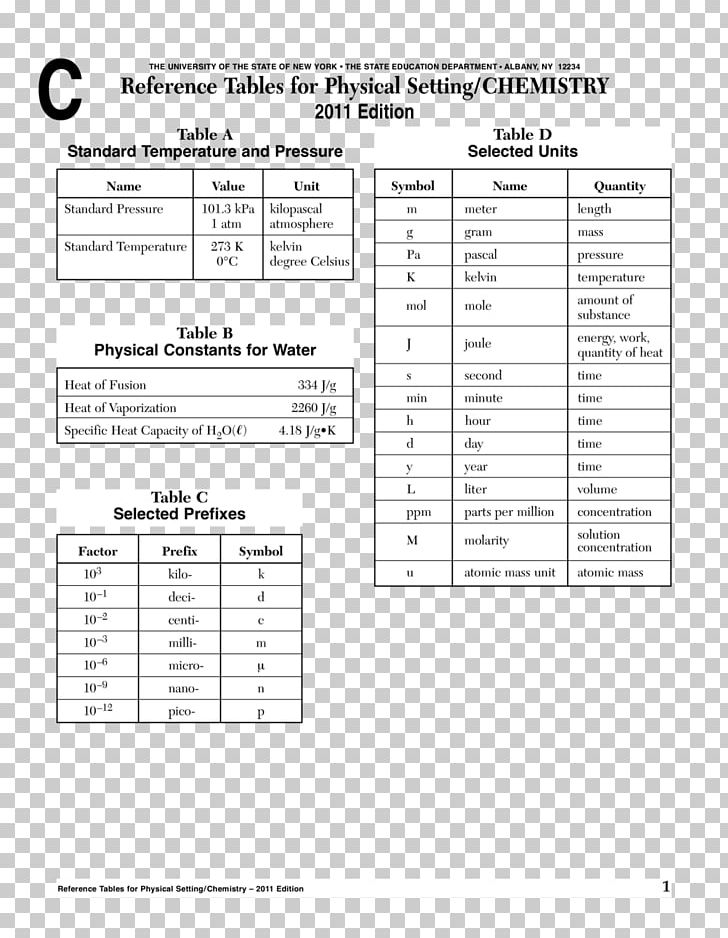

The elements can be broadly divided into metals, nonmetals, and semimetals. Students & Educators Explore Chemistry Periodic Table Periodic Table of Chemical Elements The periodic table of chemical elements, often called the periodic table, organizes all discovered chemical elements in rows (called periods) and columns (called groups) according to increasing atomic number. Some of the groups have widely-used common names, including the alkali metals (Group 1) and the alkaline earth metals (Group 2) on the far left, and the halogens (Group 17) and the noble gases (Group 18) on the far right. Elements that exhibit similar chemistry appear in vertical columns called groups (numbered 1–18 from left to right) the seven horizontal rows are called periods. Pseudoephedrine tablets are available in varying strengths (i.e., 30, 120, and 240 mg. Its interactive features allow you to easily view the atomic number along with other important properties of all 118 elements by clicking on the periodic chart. Most rely on basic chemistry principles to produce the finished product. It arranges of the elements in order of increasing atomic number. The Fisher Scientific Interactive Period Table of Elements is a 21st century version of Mendeleev’s ingenious creation. The periodic table is used as a predictive tool. As expected, semimetals exhibit properties intermediate between metals and nonmetals. Most solid nonmetals are brittle, so they break into small pieces when hit with a hammer or pulled into a wire. Nonmetals can be gases (such as chlorine), liquids (such as bromine), or solids (such as iodine) at room temperature and pressure.

Nonmetals, in contrast, are generally poor conductors of heat and electricity and are not lustrous. Of the metals, only mercury is a liquid at room temperature and pressure all the rest are solids. The vast majority of the known elements are metals. Metals-such as copper or gold-are good conductors of electricity and heat they can be pulled into wires because they are ductile they can be hammered or pressed into thin sheets or foils because they are malleable and most have a shiny appearance, so they are lustrous. The distinction between metals and nonmetals is one of the most fundamental in chemistry. Gold-colored lements that lie along the diagonal line exhibit properties intermediate between metals and nonmetals they are called semimetals. (CC BY-NC-SA anonymous by request).\) divides the elements into metals (in blue, below and to the left of the line) and nonmetals (in bronze, above and to the right of the line). Thumbnail: Ionization energies superimposed on a periodic table. 2.S: Elements, Atoms, and the Periodic Table (Summary) To ensure that you understand the material in this chapter, you should review the meanings of the following bold terms and ask yourself how they relate to the topics in the chapter. 1 H hydrogen 1.008 1.0078, 1.0082 1 18 3 Li lithium 6.94 6.938, 6.997 4 Be beryllium 9.0122 11 Na sodium 22.990 12 Mg magnesium 24.305 24.304, 24.2.E: Elements, Atoms, and the Periodic Table (Exercises) These are homework exercises to accompany Chapter 2 of the Ball et al.Some characteristics of the elements are related to their position on the periodic table. 2.7: The Periodic Table The chemical elements are arranged in a chart called the periodic table.2.6: Arrangements of Electrons Electrons are organized into shells and subshells about the nucleus of an atom.2.5: Atomic Masses Atoms have a mass that is based largely on the number of protons and neutrons in their nucleus.Isotopes are atoms of the same element that have different masses. 2.4: Nuclei of Atoms Elements can be identified by their atomic number and mass number.Protons and neutrons are grouped together in the nucleus of an atom, while electrons orbit about the nucleus. 2.3: The Structure of Atoms Atoms are composed of three main subatomic particles: protons, neutrons, and electrons.The modern atomic theory establishes the concepts of atoms and how they compose matter. 2.2: Atomic Theory Atoms are the ultimate building blocks of all matter.

Chemical elements are represented by a one- or two-letter symbol. It arranges of the elements in order of increasing atomic number. 2.1: The Elements All matter is composed of elements. The periodic table is used as a predictive tool.Unprotected by enamel, a tooth will start to decay, thus developing cavities and other dental problems. Acids found in some foods or made by bacteria that feed on food residues on our teeth are capable of dissolving enamel. It has to be hard so that our teeth can serve us for a lifetime of biting and chewing however, tough as it is, tooth enamel is susceptible to chemical attack. 2.0: Prelude to Elements, Atoms, and the Periodic Table The hardest material in the human body is tooth enamel.


 0 kommentar(er)
0 kommentar(er)
